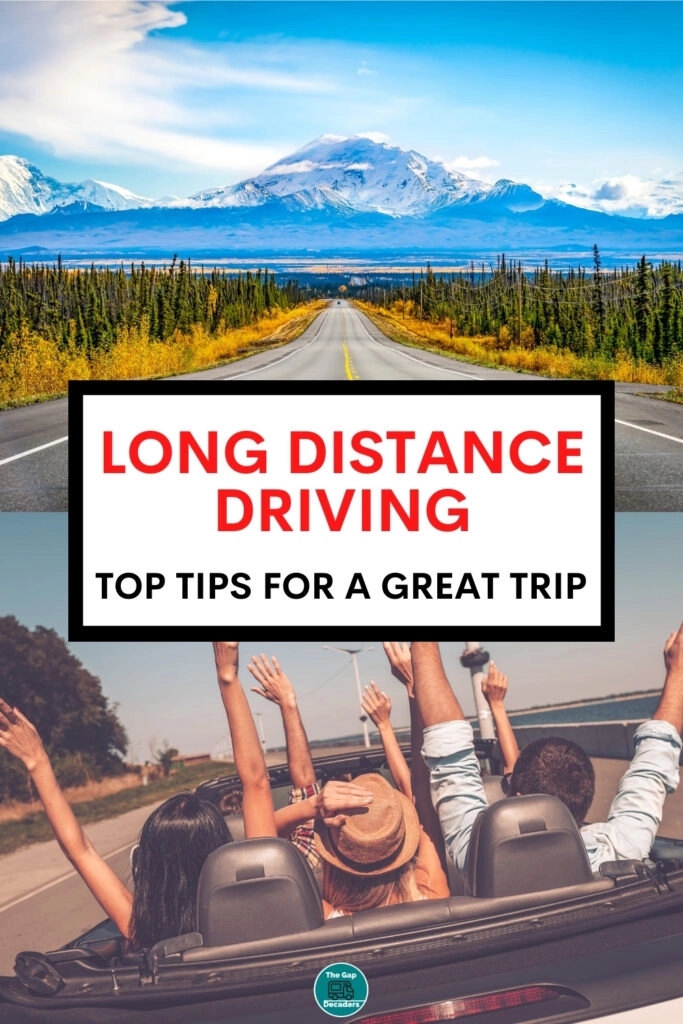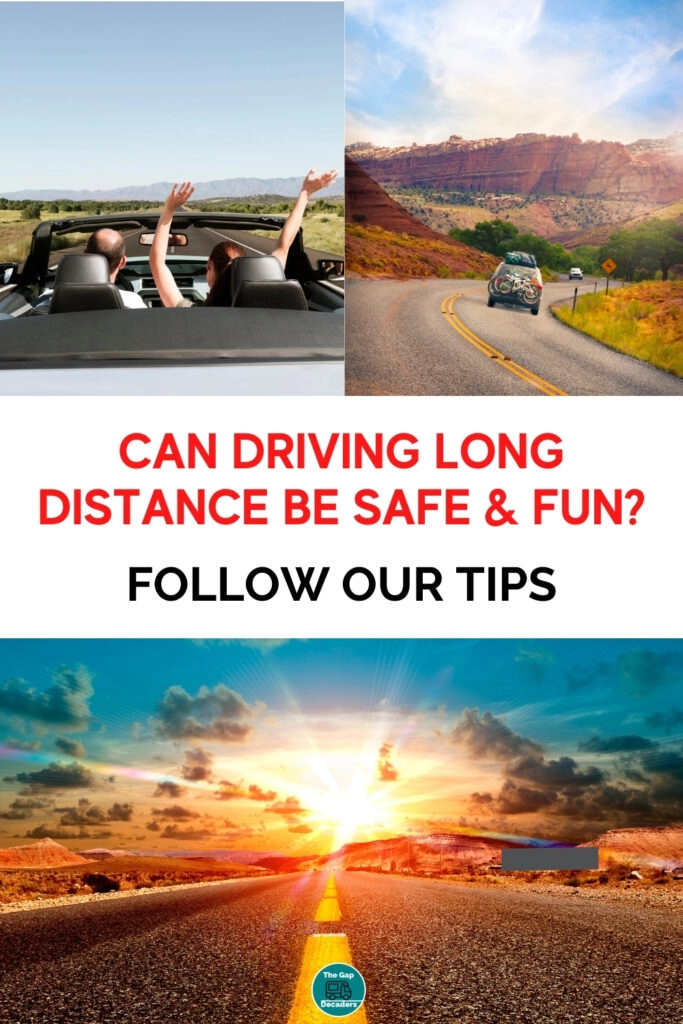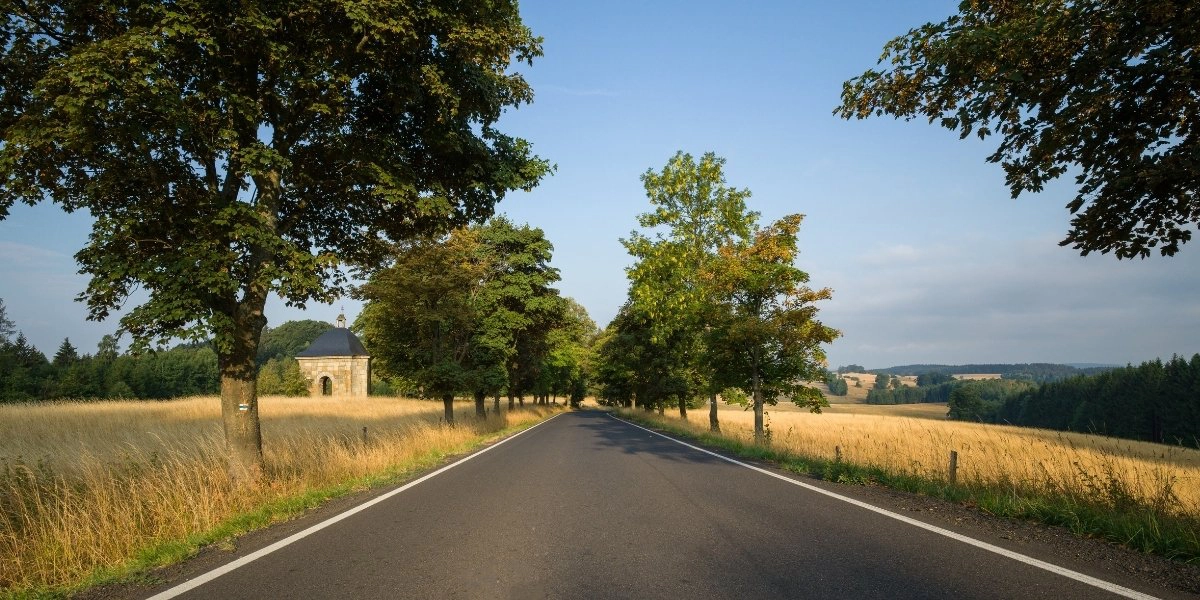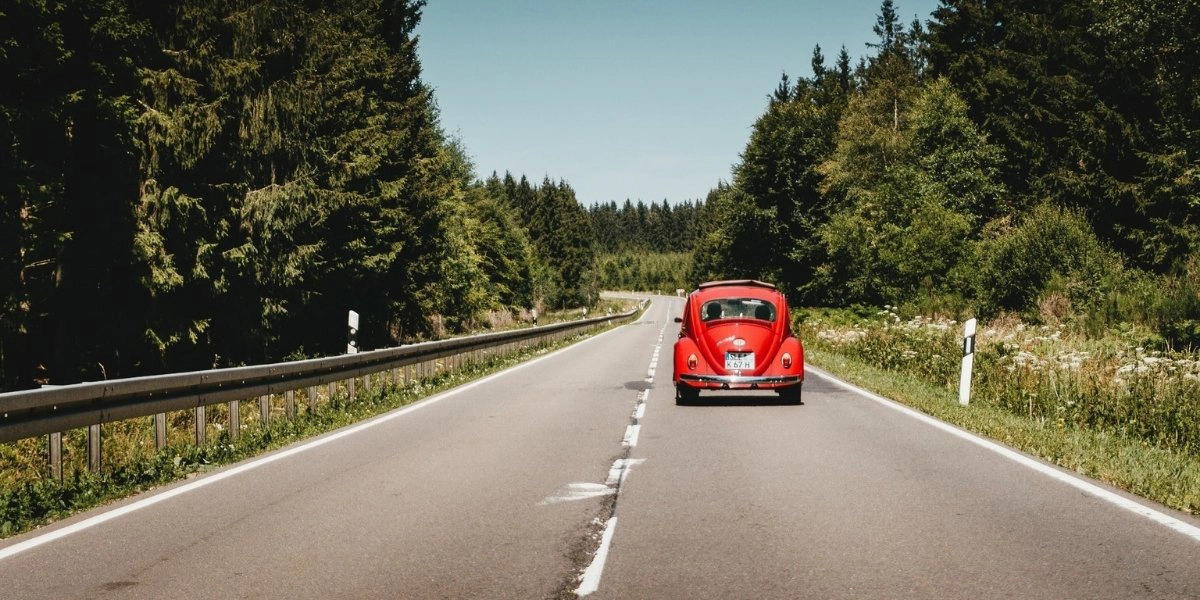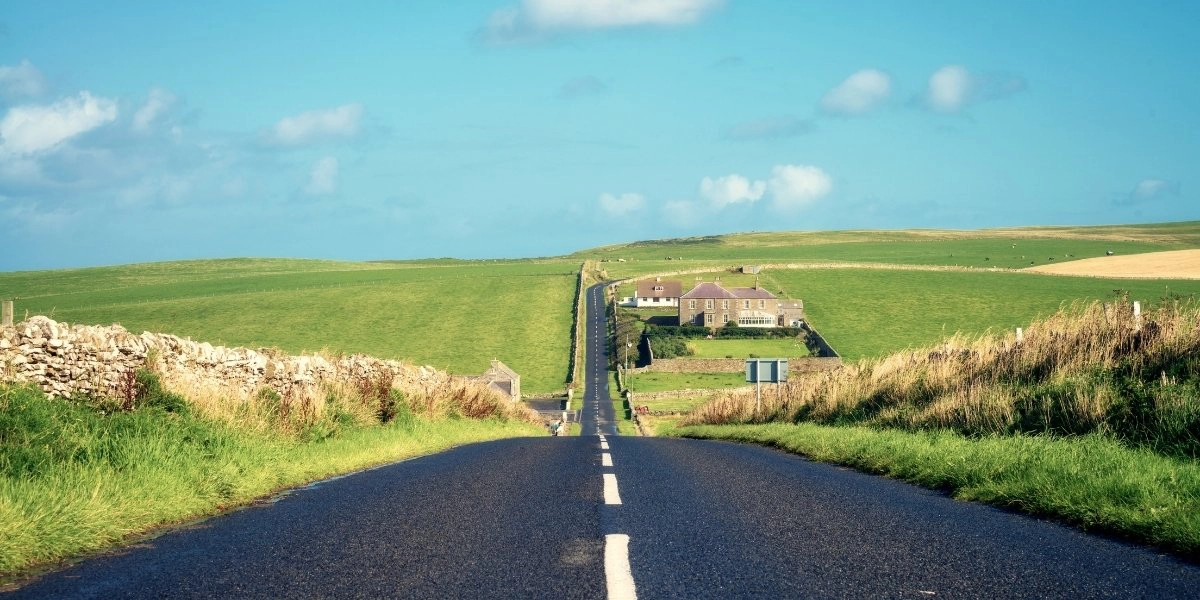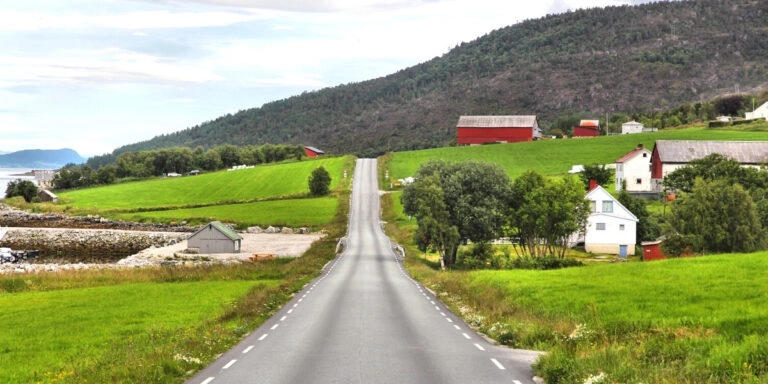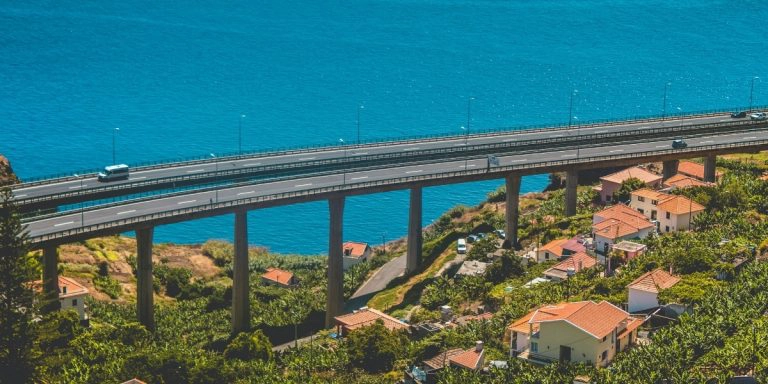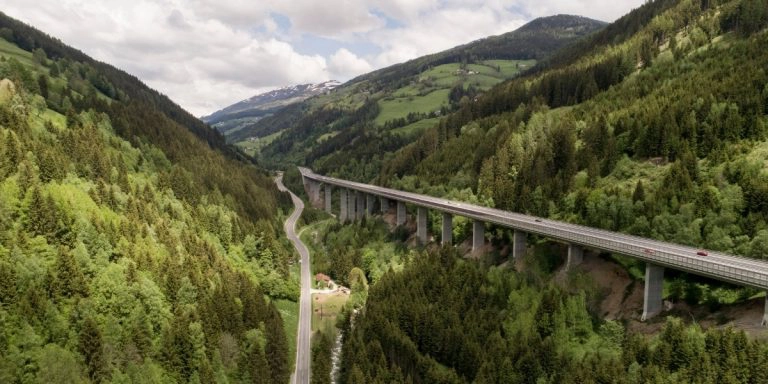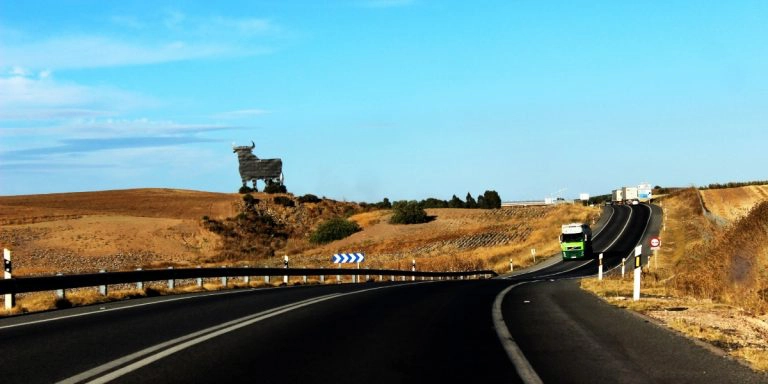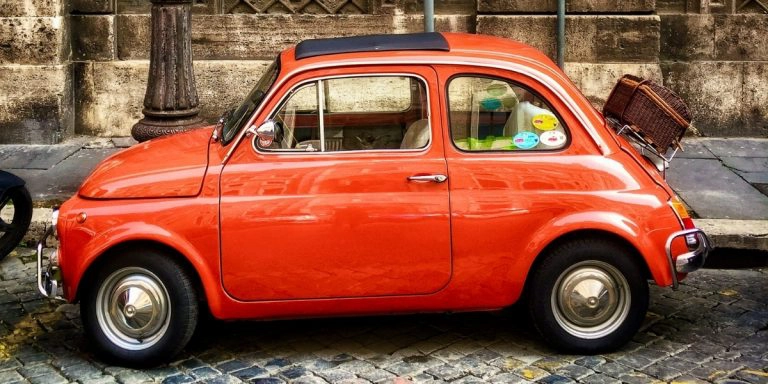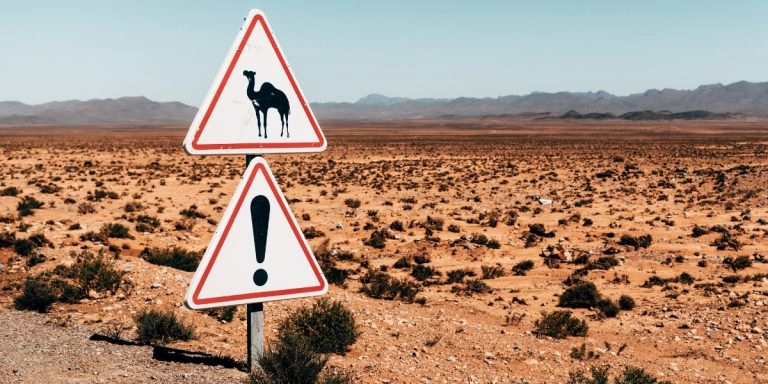This post may contain affiliate links, from which we earn an income. Click here to read our affiliate policy.
How to Survive Driving Long Distances
If you love a road trip or like touring in your motorhome, from time to time you may end up tackling a long distance drive. Even if you prefer life in the slow lane, there may be occasions when you just need to get from point a to point b as quickly and easily as possible. These are our top safety tips for long distance driving, to help you manage the journey.
What is the definition of a long drive? It’s hard to say because what feels long to some people may be normal to others! If you live in the Australian outback, spending five hours in a car to get somewhere is pretty normal, not so much if you live in the UK.
Our long drive definition is anything more than around four hours. Whatever your definition is, our tips on how to drive long distances will keep you safe, comfortable and entertained!
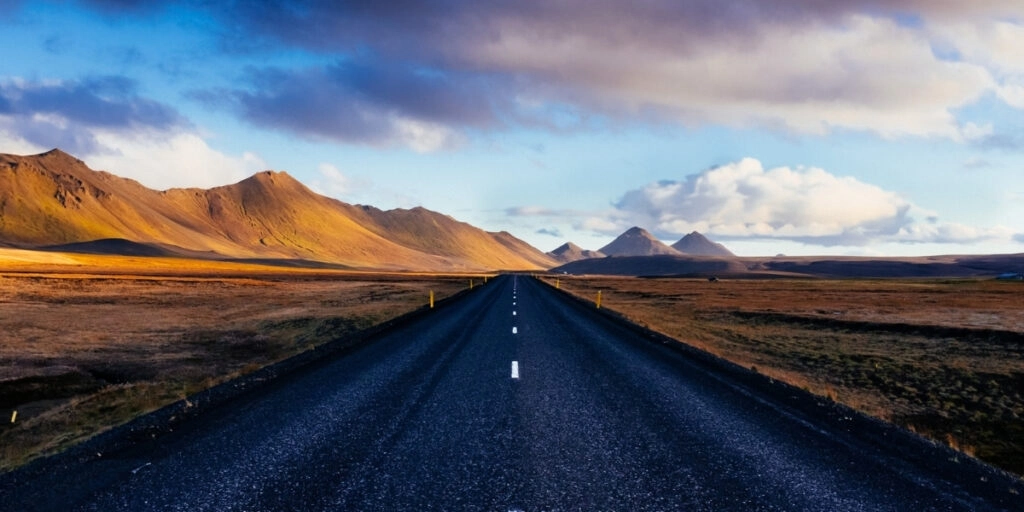
Plan Ahead
Are you nervous about driving long distance? Setting off without really knowing your route, or where you might be able to stop for a break, can be stressful and anxiety provoking.
Most of us like to plan our day ahead, and it’s no different when the day involves sitting behind the wheel for a large chunk of time.
Even if you use a sat nav to work out the way, check the route so you can get a sense of which direction you’re going, where the route takes you and key stops along the way.
When you’re road tripping in countries like the UK or France, there are frequent motorway services and rest stops along most A roads, making taking a pit stop easier.
In some countries though, services are harder to find. There are some long stretches of road across the interior in Spain and Turkey where you won’t see a service station for hours. And if you’re road tripping in Morocco, planning ahead is a serious necessity!
If you’re going on a longer road trip, then organising where to stay or camp overnight is also important, especially if you’re travelling in peak times when hotels and campsites may be fully booked.
If you’re in a motorhome or self-contained vehicle, you’re lucky – you can find free parking for the night!
RELATED POST: Driving in Europe – Everything You Need to Know
Prepare Your Vehicle
Making sure that your vehicle is up for a long distance journey is important and will save you stress, time and potentially money during your trip.
Either have a service or check the following before you set off;
Pack an Emergency Kit
You must also ensure you are carrying the correct legally required safety equipment for the countries you are planning to visit, you can find out more here.
The minimum for any country should be the following;
Take the Right Documentation
Required vehicle and travel documentation varies from country to country, but as a minimum, you should always carry the following;
Print our Road Trip Checklists!
Including a free road trip packing list, road trip checklist and a road trip planner, our downloadable checklists have everything you need to start your journey fully prepared.
THE ULTIMATE ROAD TRIP CHECKLISTS
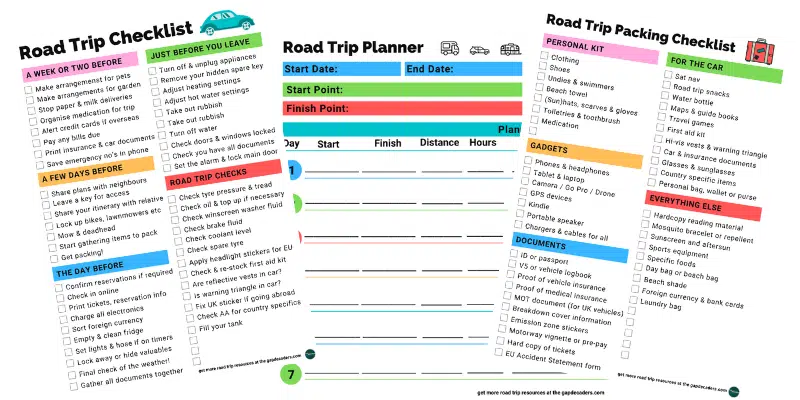
Get Enough Sleep
Make sure you get to bed early and try and have good quality sleep the night before your big drive.
We know it’s hard if you’re excited about your trip, but 10-20% of all road traffic accidents are caused by driver fatigue, so it’s important you’re able to stay awake and alert when you’re behind the wheel.
Get Comfortable
We all have things in the car we like to keep at hand, whether that’s a your phone charger, a bottle of water or shades for those amazing sunny days.
Make sure you’ve got all your road trip essentials exactly where you need them so you don’t have to rummage around or be distracted trying to find stuff when you’re behind the wheel – never a good idea!
Stay Hydrated
Driving, especially when the sun is beating down on your windscreen is thirsty work – one of our best tips for long drives is to keep your fluid levels up.
Keeping hydrated will help you stay awake and alert. Water is by far the best thing for this, but the occasional coffee will also give you a kick of caffeine and boost your mental agility.
Don’t drink too much coffee (or tea for that matter) when driving though – both are a diuretic, which means they make you pee more and can dehydrate you. Neither of these outcomes is great when you’re on a long drive.
Drink regularly from a water bottle with a spout that you can use with one hand. Don’t wait until you feel thirsty, you’re already dehydrated by then.
Eat Well
It is soooo tempting when you’re on the road to fill up on sugary snacks and easy to eat things like crisps – you satisfy your hunger without even having to stop.
But stopping is important for a safe and stress free drive, so plan a driving break to coincide with a meal time, and make the most of your stop.
It’s probably ok to eat an apple or granola bar at the wheel, but eating anything more elaborate, like a sandwich or fast food burger is dangerous when you’re driving.
Although snack foods give you an insulin spike which creates a brief boost of energy, high sugar consumption also inhibits the production of Orexin, which is a chemical in your brain that stimulates the feeling of being awake.
The more sugar you eat, the more sleepy you will feel.
The consumption of protein helps to counteract this sleepiness, so if you consume more protein it will help you to stay awake. So, stop for a more healthy meal and a break!
RELATED POST: Road Trip Snacks: 32 Ideas for Your Next Trip
Take Lots of Breaks
Lack of sleep when driving can affect awareness, driver attention and reaction times – it’s one of the biggest dangers of long distance driving.
If you’re feeling drowsy, don’t try and stave of long distance driving fatigue with caffeine, sugary snacks, pro-plus type pills or driving with the windows open.
We’ve all tried these tactics, and they may work in the short term, but eventually the need to sleep will catch up with you.
It is far, far better to stop and take a break (or even take a quick nap) in good time, rather than wait until you’re forcing your eyes to stay open. This is incredibly dangerous and can, and does, lead to fatal accidents.
How often should you stop when driving long distance? Best practice is to take regular breaks and stop every two hours for at least fifteen minutes, and take a longer 30 minute break if you’re driving for more than five hours.
Make sure when you do stop to step out of the car, stretch and take a short walk – even if it’s just to use the loo!
Avoid driving for more than nine hours in a day (ten hours twice a week) – this is the limit set for heavy goods vehicle drivers in the UK and Europe.
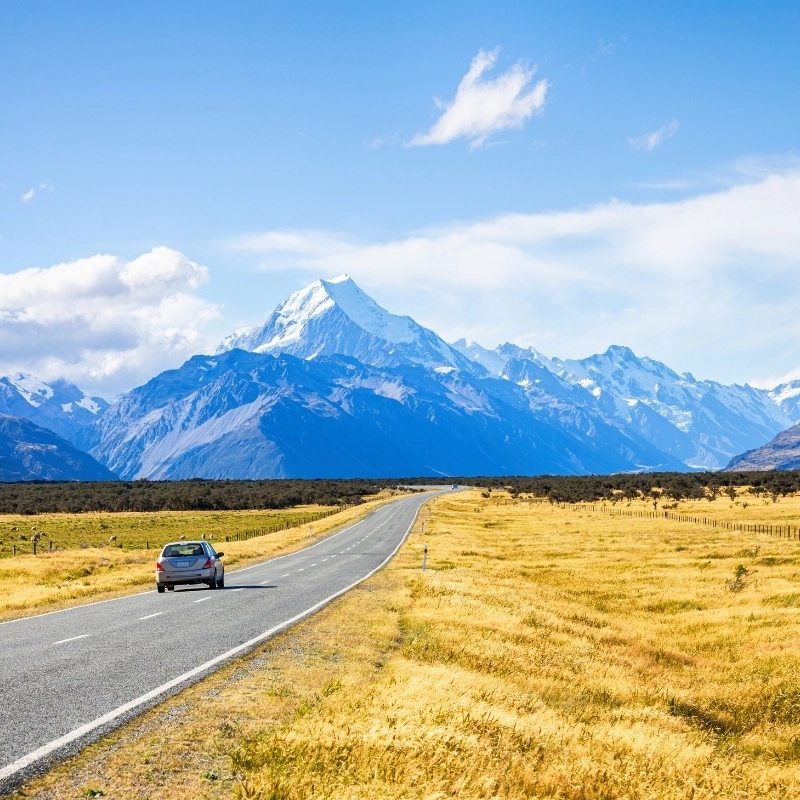
Play Road Trip Games
Playing games with passengers can help keep you alert, with the added benefit of helping to pass the time on a long car ride.
The best road trip games are the simplest! Try these for starters;
Give Yourself Plenty of Time
Long journeys have a nasty habit of taking more time than you expect, especially if you’re on a tight deadline. If you’re travelling in a country like the UK, where grid locks are normal and traffic jams are a regular part of most days, then make sure you’re prepared for some stoppage time.
Always build a fudge factor into your planning and ensure you have enough water, snacks and maybe a disposable urinal or shewee for those moments when you just can’t wait!
Don’t Rely on Cruise Control
Cruise control is a brilliant invention and a great additional to any vehicle. Because of the lack of driver engagement when cruise is switched on, it’s not recommended for long periods of use.
If your car has cruise control, use it in short stints over a long journey and continue to pay attention to the road.
Make a Road Trip Playlist
Do you remember the days of mix tapes when you had all your fave tracks on a tape which you played over and over?
Those days are long gone and with the advent of smartphones and Spotify (other apps are available!), making a road trip playlist of songs, or even podcasts for road trips, is simple.
There are even radios, media players and Spotify car devices which connect wirelessly via Bluetooth with your phone (and also allow hands-free calling) meaning you can pick and play tracks without even looking at your phone screen.
What could be better than hitting the road with your road trip playlist belting out your best driving music?
RELATED POST: 150+ Road Trip Songs: Your Ultimate Driving Playlist
Find an Awesome Route
If you’ve got time, find a fantastic route for your trip and slow travel to your destination. Maybe you like to avoid motorways, or perhaps there’s an attraction on the route that you’ve always wanted to see.
Either way, there are some incredible road trips and driving roads in the UK and Europe, here are some of our favourites;
Be Phone Savvy
We all know that it’s illegal to hold and use a phone whilst driving, and for good reason.
Lots of us use a phone to make calls when driving and for navigation, and this is legal as long as the phone is hands-free, which means you must have some or all of the following depending on your set-up;
The device must not block your view of the road or the traffic ahead.
You must make sure when using a satellite navigation app that you enter your destination and start your route before driving off, and do not actually hold the phone.
It’s not ok to fiddle with phone or app settings whilst you’re in motion, and some navigation apps like Waze will warn you against this if you try.
Get a Sat Nav!
A sat nav app is a great way to navigate but many use data and the screen size can be a problem.
A GPS satellite navigation system will provide you with a route and most now have live traffic info and free lifetime updates so you know your mapping will never be obsolete.
Some have an integrated dash cam and reversing camera, which is helpful if you’re touring in a motorhome. Most also now enable bluetooth hands-free calling, ticking several of the boxes required for making calls safely from your vehicle whilst driving.
RELATED POST: The Best Road Trip Gadgets For An Easy Trip
Share the Driving
If you really have to get somewhere quickly and can’t afford to take a break, share the driving.
Having a co-driver means one of you can drive whilst the other sleeps. You can literally do an eighteen to twenty hour drive in one go, meaning you could travel from Paris to Seville without making an overnight stop. Happy days!
Hire a Driver!
If you really can’t face the drive yourself and need to get somewhere quickly (and can’t get there by plane or train), hire a driver. Driving services will get you there without any stress or hassle, usually in a luxury vehicle, so you arrive in style.
Are you looking for more road trip resources? Check out these top posts…
Driving to Norway from UK: Best Routes & Top Tips
Driving to Portugal from UK – Routes & Tips
Driving to Italy from UK: Best Routes & Driving Tips
Driving to Spain from UK: Best Routes & Driving Tips
Driving in Italy Essential Guide: Rules, Tips + Must Haves
Driving in Morocco – Absolutely Everything You Need to Know!
Love it? Pin it!
